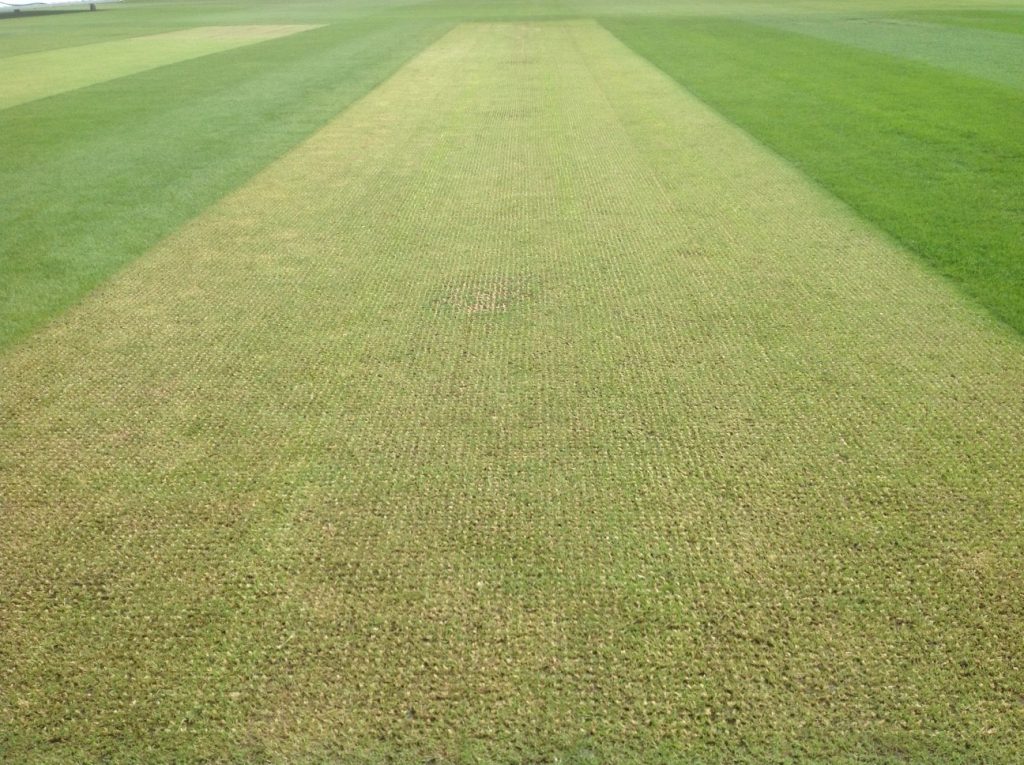Are you able to breathe life into an older, mistreated cricket wicket? If you are looking for more info related to artificial cricket pitch price this specific site www.artificialgrassmaintenance.co.uk/cricket-pitch-wicket-maintenance-installation offers many more useful resources in regards to how to prepare a cricket pitch.
As any cricketer appreciates, the quality of the wicket can have a major effect on the way the ball reacts. Wickets which are bumpy or pitted might cause the cricket ball to bounce erratically, pitches that are very hard is likely to make the ball bounce high and really fast, whereas cricket wickets which are coated in grass will certainly reduce how much that a spin bowler is capable of turning the cricket ball.
To be able to standardise the playing surface and provide a pitch which they can use in most circumstances, many leisure centres, schools and cricket clubs use synthetic cricket wickets. Although artificial pitches will be more robust than purely natural cricket wickets, additionally need regular upkeep to ensure they are in tip top condition. The good thing is, even old, neglected cricket wickets may be brought back to life with a little TLC and the appropriate treatment solution.
Synthetic Cricket Wickets
Artificial cricket wickets are generally laid on either a dynamic (stone) or non-dynamic (macadam or concrete) base. The surface of the cricket wicket itself is constructed from top quality short pile carpet that’s either hardwood edged and nailed or nailed directly into the aggregate. Shock pads are usually placed beneath the surface of the pitch to make sure the cricket ball bounces perfectly and also that the synthetic wicket responds much the same way to the ball each time, regardless of the weather conditions.
Maintaining An Artificial Wicket
Like most artificial surfaces, synthetic cricket pitches must be carefully maintained if they’re to provide the best possible playing wicket throughout the year. It is recommended that anyone using an artificial cricket wicket ought to make use of an annual deep clean program, level the batting region frequently and use at least one chemical treatment solution twice yearly.
Regardless of repeated maintenance, cricket pitches may degrade with time, shock pads can harden and surfaces could become irregular. If you see that the bounce of the ball is starting to become uneven or that the wicket is looking tired and worn, it could be time to give your artificial pitch a renovation.

